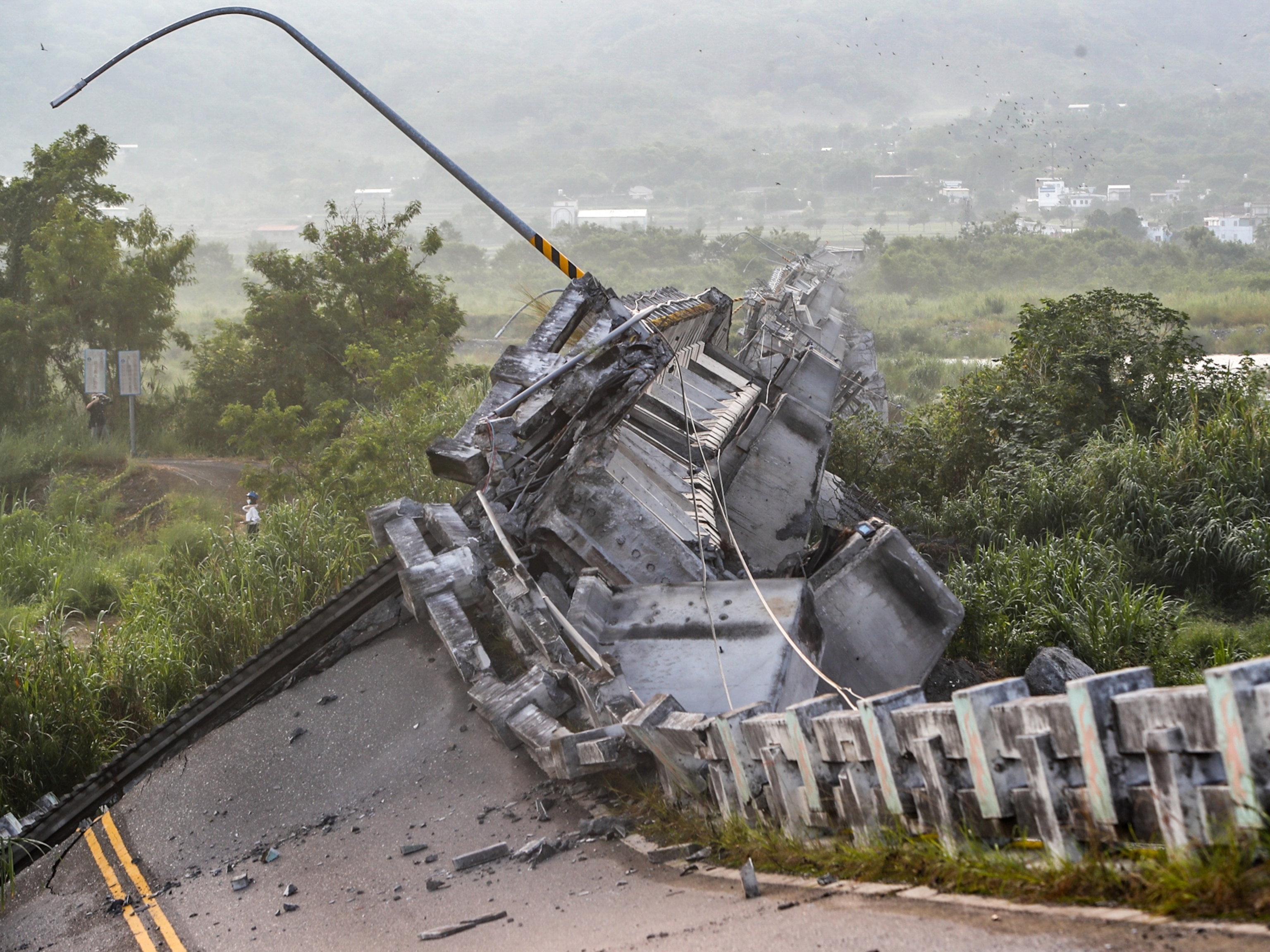
Life Happened Here: Tsunami Survivors Revisit Ruined Sites
Five years ago a massive earthquake struck off the eastern coast of Japan. The tsunami it unleashed destroyed large swaths of the island nation, killing nearly 16,000 people, causing $200 billion in damages, and roiling the lives of those who survived.
One of the hardest hit places was Otsuchi, a small fishing community on the northeastern edge of Honshu, Japan’s largest island. When the floodwaters receded, its population had been decimated and displaced.

Alejandro Chaskielberg arrived in Otsuchi in October 2012. The Argentine photographer had heard about the town from a friend with relatives there, and he hoped to document the devastation. That included “mountains of debris” dotted with red flags where bodies had been discovered.
“I decided to photograph in black and white,” he says, “because I thought, This is extremely sad. Other than the flags, there are no colors left here.” But when he found a waterlogged family photo album lying in the street, he was startled to see the colors that had smudged and blended together. Those saturated hues, he thought, were colors created by the tsunami.


With that palette in mind, Chaskielberg began to turn tragedy into tableau. He asked residents to pose at night, silent and motionless, in the ruins of their old homes or workplaces. Many were wary at first. But after he staged a photography workshop for local students and brought his four-month-old daughter to Otsuchi, he began to win their trust. His project eventually became part of the town’s rebuilding process.

Chaskielberg illuminated his subjects with moonlight, streetlights, and flashlights, then used long exposures to make the black-and-white photographs. Later, after scanning the negatives, he tinted the images in his digital darkroom to match the vivid colors of the photo album.


The results, he says, are solemn and intimate—meditative “attempts to recover memories and bridge the past and the present. Family photographs are part of our memories, part of our identities. These people lost all that in the tsunami. So this was a way to help them create new memories.”


It’s an approach, he adds, that’s as portable as it is helpful. “I want to show how we can use photography to rebuild our lives,” he says. “Not just with this atrocity, but every time an atrocity like this happens.”



View more of Alejandro Chaskielberg’s work from this project, called “Ostuchi Future Memories,” on his website.




